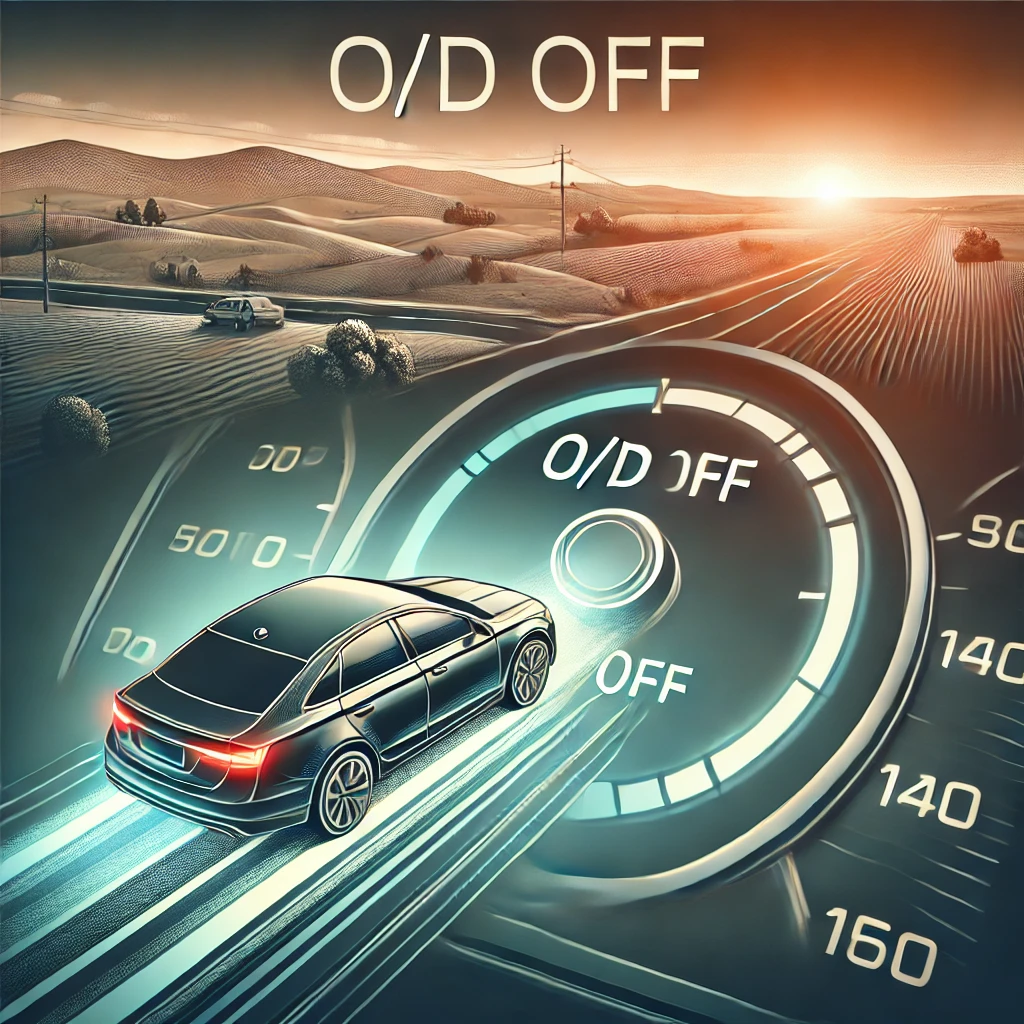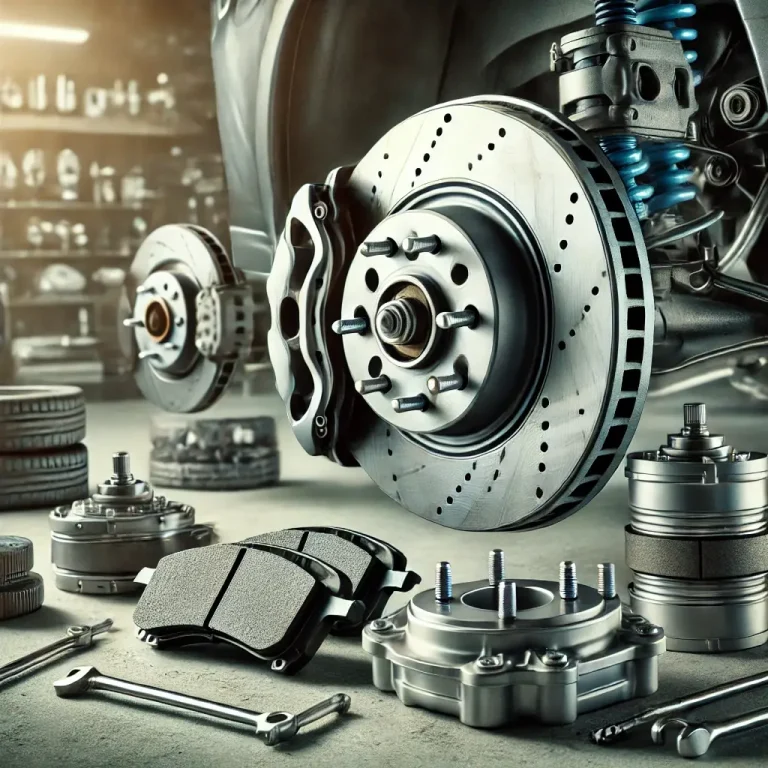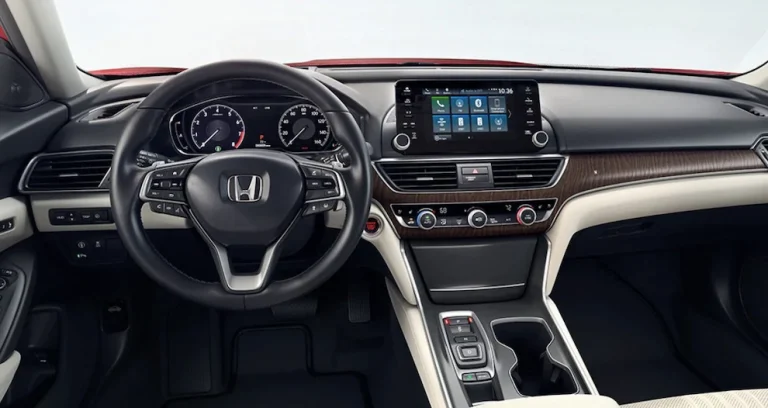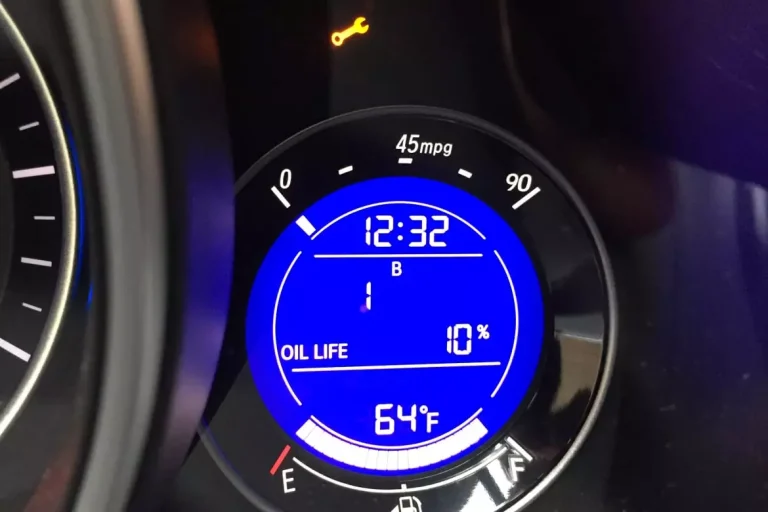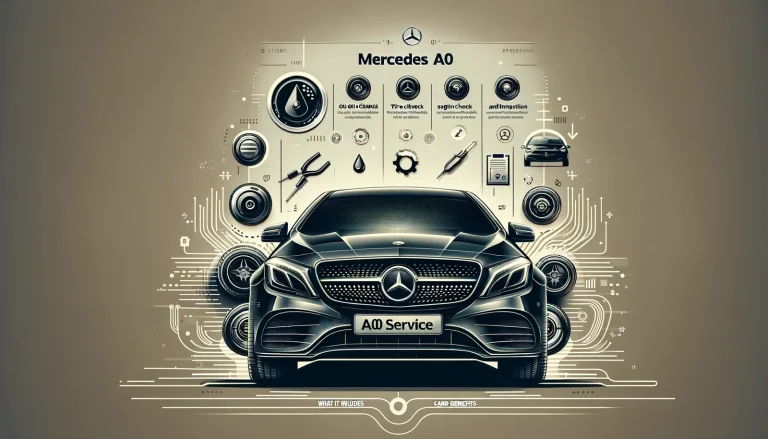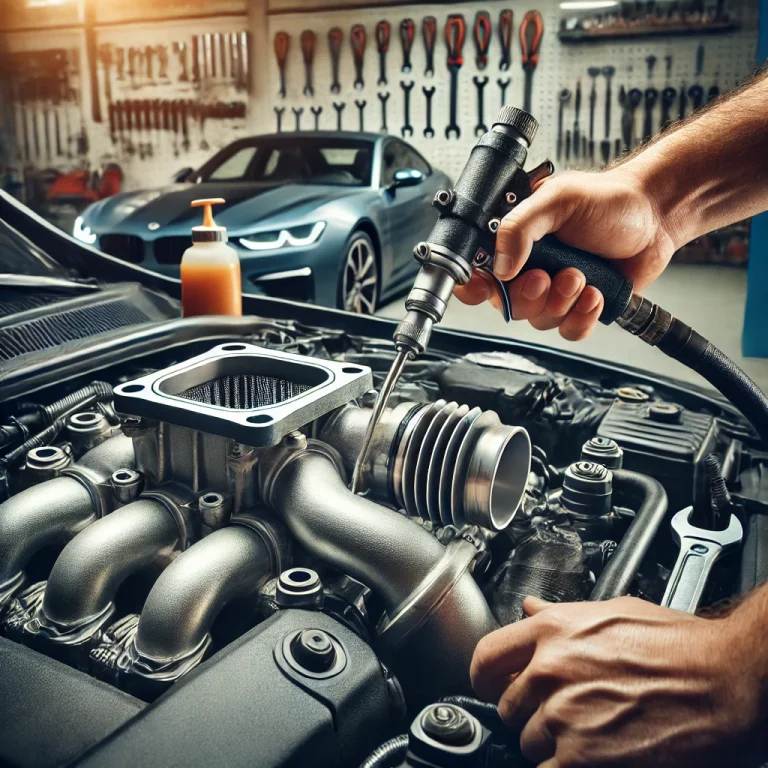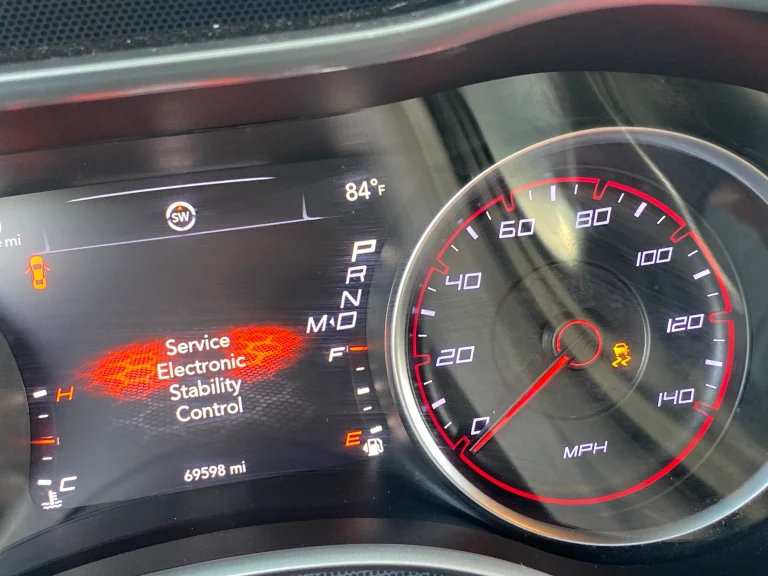O/D OFF Meaning: Explained for Drivers
Assuming you’ve at any point seen the “O/D OFF” light on your vehicle’s dashboard, you could consider what it implies. O/D represents Overdrive. It’s a fundamental element in programmed transmissions intended to further develop eco-friendliness and advance motor execution. Yet, when the “O/D OFF” light shows up, the overdrive is deactivated. This article will make sense of “O/D OFF” meaning, what it means for your driving, and when to utilize it.
What is Overdrive (O/D)?
Overdrive is high stuff in your vehicle’s transmission. It lessens the motor’s RPM (cycles each moment) while driving at high speeds. This assists the motor with working less, saving fuel, and limiting mileage.
At the point when overdrive is on, your vehicle changes into higher gears consequently. This occurs during highway cruising or other consistent speed driving. Overdrive is particularly helpful for extremely long travel, as it guarantees proficient fuel utilization and a calmer motor.
What Does “O/D OFF” Meaning?
The “O/D OFF” light shows that overdrive is switched off. In this mode, your vehicle won’t change into the most elevated gear. All things considered, it utilizes lower gears for more power and control.
You can physically switch overdrive off utilizing a button, normally situated on or close to the stuff shifter. A few vehicles might show the “O/D OFF” light consequently in specific circumstances, like weighty loads or steep slopes.
Benefits
While overdrive is beneficial for most driving scenarios, turning it off can be useful in specific situations. Here are the main advantages of using “O/D OFF”:
Improved Towing and Hauling
While towing a trailer or conveying weighty burdens, your vehicle’s transmission could continually change between gears. This can cause unnecessary strain. Turning off overdrive helps your vehicle stay in lower gears, providing more torque and better control.
Enhanced Control on Hills
Driving on steep inclines requires more engine power. With “O/D OFF,” your car avoids shifting into higher gears, giving you better control. It also prevents unnecessary gear changes that can reduce efficiency on hills.
Better Performance in Stop-and-Go Traffic
In city driving, successive stops and starts can make your vehicle change gears as often as possible. Switching off overdrive keeps your vehicle in lower gears, further developing speed increase and responsiveness.
Engine Braking
While plummeting slopes, “O/D OFF” assists with motor slowing down. This lessens the dependence on your vehicle’s brakes, forestalling overheating and expanding their life expectancy.
When to Use “O/D OFF”
Knowing when to turn overdrive off is crucial for optimal driving performance. Here are the key situations:
- Towing or Hauling: Always disable overdrive when towing or carrying heavy loads.
- Hilly or Mountainous Terrain: Use “O/D OFF” for better control during ascents and descents.
- City Driving: Switch it off in unpredictable rush hour gridlock for smoother execution.
- Slippery Conditions: On cold or wet streets, “O/D OFF” can give better foothold by keeping the vehicle in lower gears.
How to Turn Off Overdrive
Turning overdrive off is simple. Most vehicles have an “O/D” button situated on or close to the stuff shifter. Press this button to flip between overdrive on and off.
When “O/D OFF” is active, a light on the dashboard will illuminate. To re-empower the overdrive, press the button once more. Continuously allude to your vehicle’s proprietor’s manual for explicit directions.
Does “O/D OFF” Affect Fuel Economy?
Indeed, it does. Switching off overdrive brings about higher motor RPMs, and that implies the motor works harder and consumes more fuel. This is why overdrive should remain on during highway driving or whenever efficiency is a priority.
However, in scenarios where “O/D OFF” meaning is necessary, the trade-off in fuel consumption is justified. The added control and safety often outweigh the slight decrease in fuel efficiency.
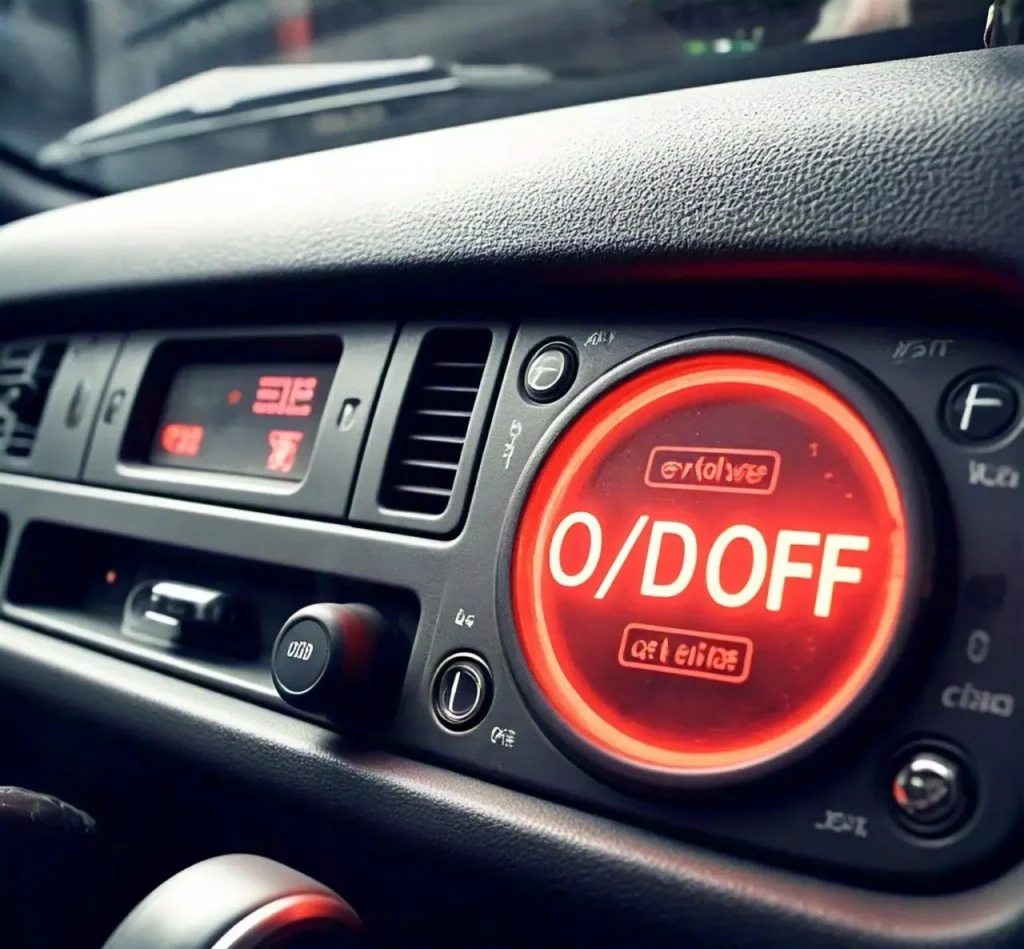
Common Misconceptions
There are several myths about the “O/D OFF” function. Let’s clear them up:
1. “O/D OFF” Damages the Car
This is false. Using “O/D OFF” appropriately will not harm your car. It’s designed to enhance performance in specific situations.
2. Always Drive with Overdrive Off
This is unnecessary. Overdrive is beneficial for most driving scenarios, especially at high speeds. Turning it off should only be done when needed.
3. “O/D OFF” Increases Speed
No, “O/D OFF” does not increase speed. It simply keeps the vehicle in lower gears for better control and power.
Tips for Using Overdrive Effectively
To capitalize on your vehicle’s overdrive capability, follow these tips:
- Keep overdrive on for highway driving.
- Use “O/D OFF” just in unambiguous circumstances like towing or steep slopes.
- Screen the “O/D OFF” light on your dashboard to guarantee you’re utilizing the right mode.
- Allude to your vehicle’s manual for directions on overdrive settings.
Final Thoughts
Understanding the “O/D OFF meaning” feature can improve your driving experience. A flexible device gives more control, particularly in testing conditions. While overdrive is great for productive and smooth driving, knowing when to switch it off is similarly significant.
Always consider your driving environment and requirements before toggling the “O/D OFF” function. Thusly, you’ll appreciate better execution, security, and control in the driver’s seat.
